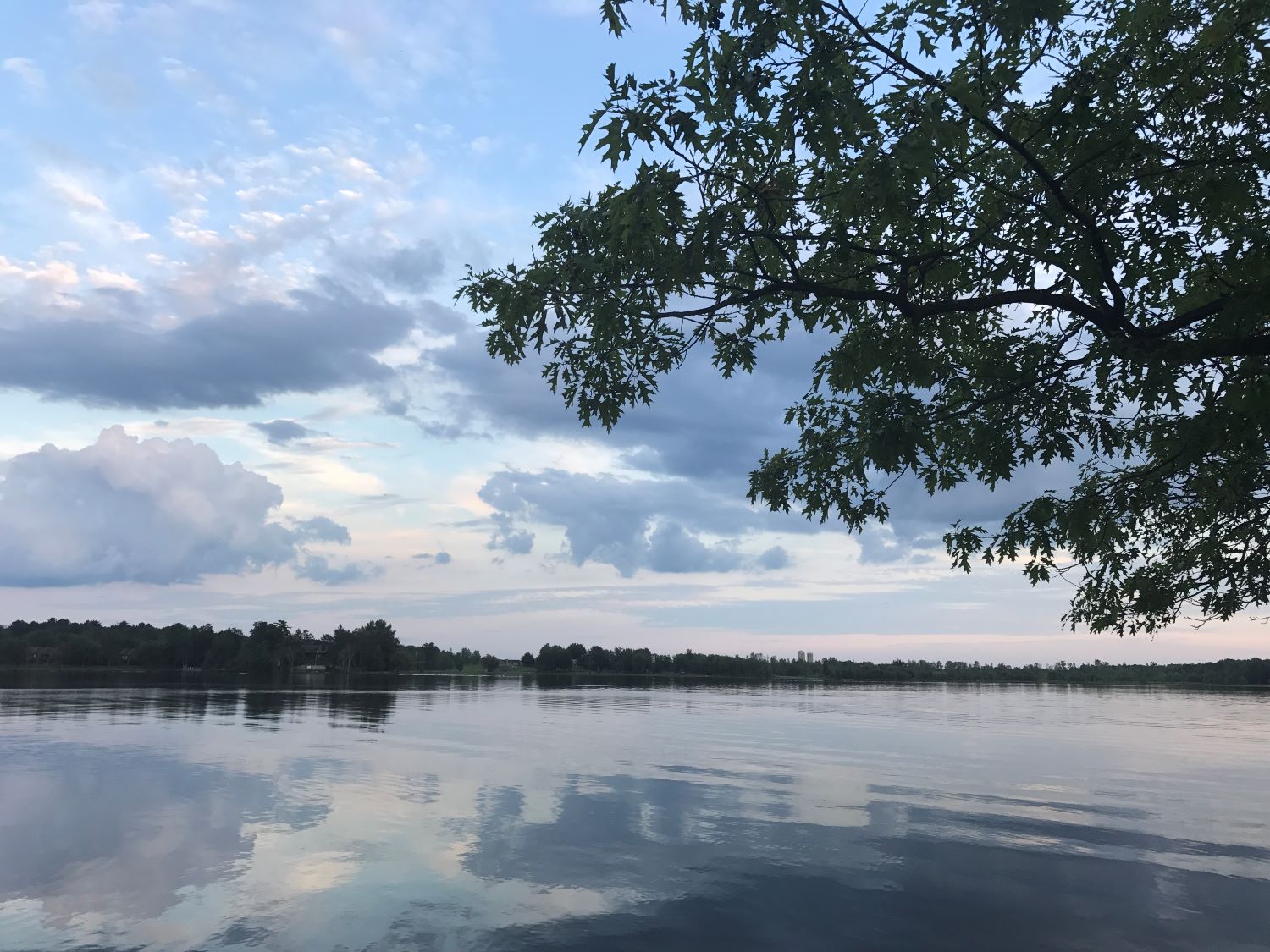A few years ago, I went for a hike with my friend, Margaret, just outside Wiarton, Ontario. The Rural Rocks Side Trail with its out-and-back extension, the Obese Side Trail, both part of the longer Bruce Trail system, are littered with giant rocks as one passes through forests of maple, birch, and balsam. This area was once an ancient glacial lake shoreline. The trail is only 4.1 kilometres long, but it’s rugged walking. Feet need to be placed carefully to avoid twisted ankles, and heads need to be ducked under overhanging rock. It is delightful hiking.
Normally, I hike alone, so it was a bit of a novelty that I was able to hike with a friend. And it was only because of this shared adventure that I was able to discover something that I believed initially to be quite odd about myself.
Early in the hike, Margaret, who was leading, stopped abruptly and pointed. “Look at that rock formation. It looks just like the head of a giant T-Rex.” And by golly, it did. It was an uncanny likeness, really. But I hadn’t noticed it on my own, despite that it was so obvious. As we continued walking, Margaret pointed out numerous other things she was seeing on the trail – little toys that previous hikers had placed along the path, mushrooms and fungi, caves and small grottos, animals and plants, even the different textures on the various rock formations. We were walking the same trail, but if she hadn’t pointed out some of these things, I wouldn’t have noticed them on my own. She was a veritable Sherlock Holmes on the trail, and me her Watson, simply along for the ride as a recorder of her observations.
But this wasn’t the first time I’d been oblivious to my surroundings. When I was walking across Canada near Brandon, Manitoba, I met Boyd, the Canadian Forrest Gump, walking across Canada in the opposite direction. After chatting for a while, I offered him some water. He pointed and said, “No, I’ll just get some at that gas station right there.” Gas station? I looked over my shoulder and sure enough, right there, in the middle of 100 kilometres of prairie, was a gas station. And I had walked right by it without noticing.
Because I mostly walk alone, I don’t know what I’m missing. I only see what I focus on. It’s only when walking with others that we are able to perceive a bigger picture of our adventure. We see what we see, and through communication, either verbally or by means of a pointed stick, we see what our fellow hikers see as well.
I love to walk, but I’m not sure why. What I discovered about myself, as a result of walking with others, is that walking for the purposes of seeing things doesn’t seem to be my primary motivation, even if I head out on a trail thinking it is. My primary purpose for walking, it seems, is to pull myself away from distraction, ignite my internal furnace by moving my body, and to think. Like those who experience a runner’s high after a long jog, I attain a state of euphoria during a long walk.
I walk to think, to push my body and mind into a state of elation. To observe the details of nature and beauty along the way, while delightful, is secondary. The creative mind, the productive mind, benefits from a moving body. If you don’t believe me, think about what you do when you are stuck on a problem. You are at your computer and are not sure how to respond to an email you received. Or you are writing a birthday card to someone and you struggle to make your message personal and memorable. If you are like most, you’ll stand up and start to walk, or to pace. Often, you don’t need to go very far before you have your answer. Unconsciously, we know that creativity and problem-solving improves with a connection between an active mind and an active body.
We also know that walking can be meditative. Perhaps the main reason I miss things on the trail is because I am simply lost in my own mind. My eyes wander, but they don’t see. My body walks of its own accord, on auto-pilot. I have walked enough that I don’t have to think about it; I merely place one foot in front of the other. My body knows what to do, so my mind can become quiet. If I walk long enough, a thought, or a chant will play itself rhythmically in my mind, and if I continue to walk, eventually, I will experience a euphoria, like a warm glow emanating from the core.
In his book, A Philosophy of Walking, Frederic Gros talks about the ancient Tibetan practice of lung-gom-pa, in which disciples, over several years, practice breathing and gymnastic exercises while chanting Buddhist mantras. The idea is to harmonize the breathing with physical effort, to discipline the mind and body to act in accordance with one another, to become one. Once a student passes an initiation, he becomes a lung-gom-pa, and is able to swiftly travel great distances on foot without fatigue, by entering into a hallucinatory trance state, looking straight ahead, only being peripherally aware of what is going on around him.
So, if you are out on a walk, do not be discouraged if you do not see the amazing things that your comrades are seeing. Know that there is something going on deeper within your mind. You are finding your calm and regenerating your creative talents.
